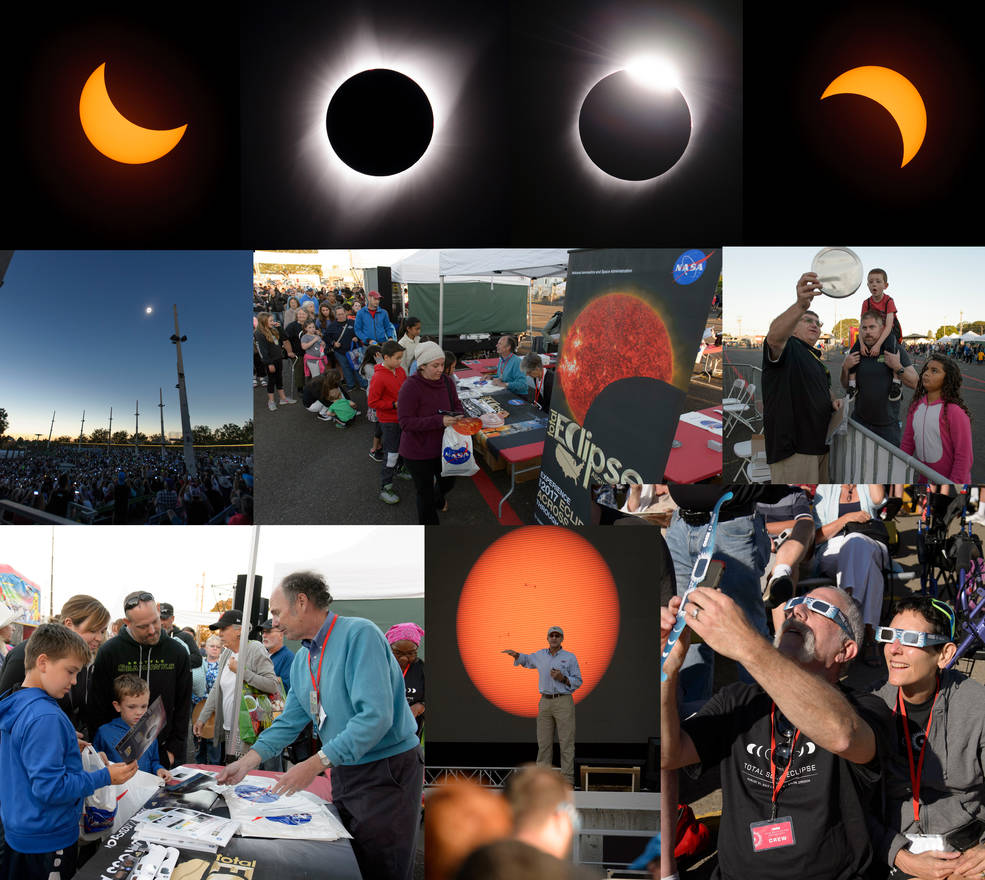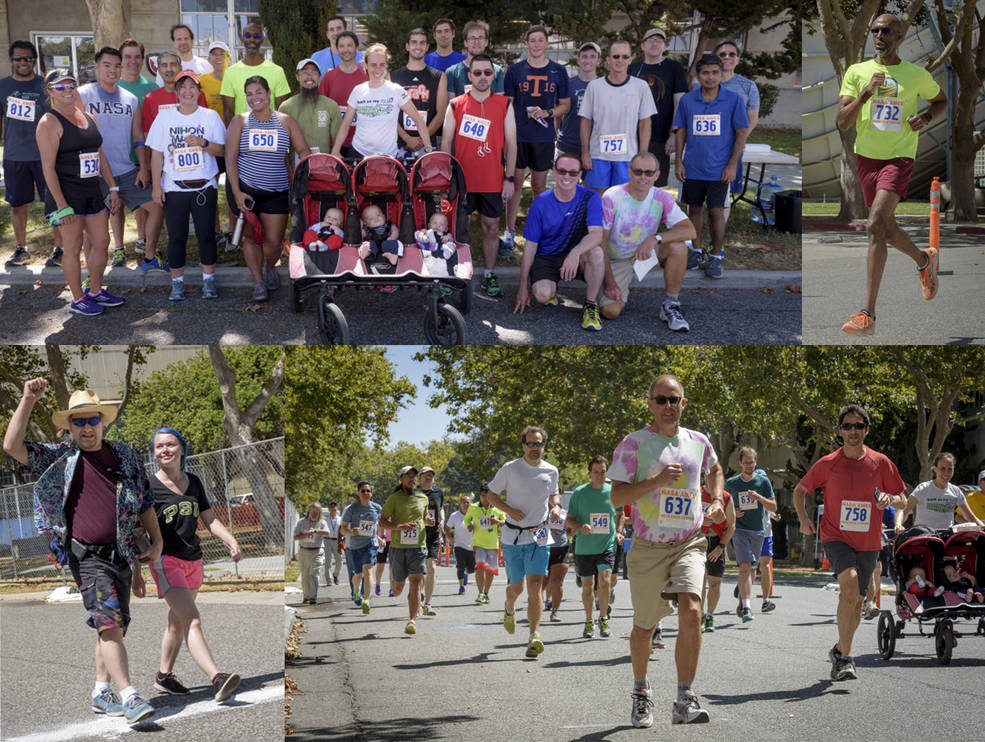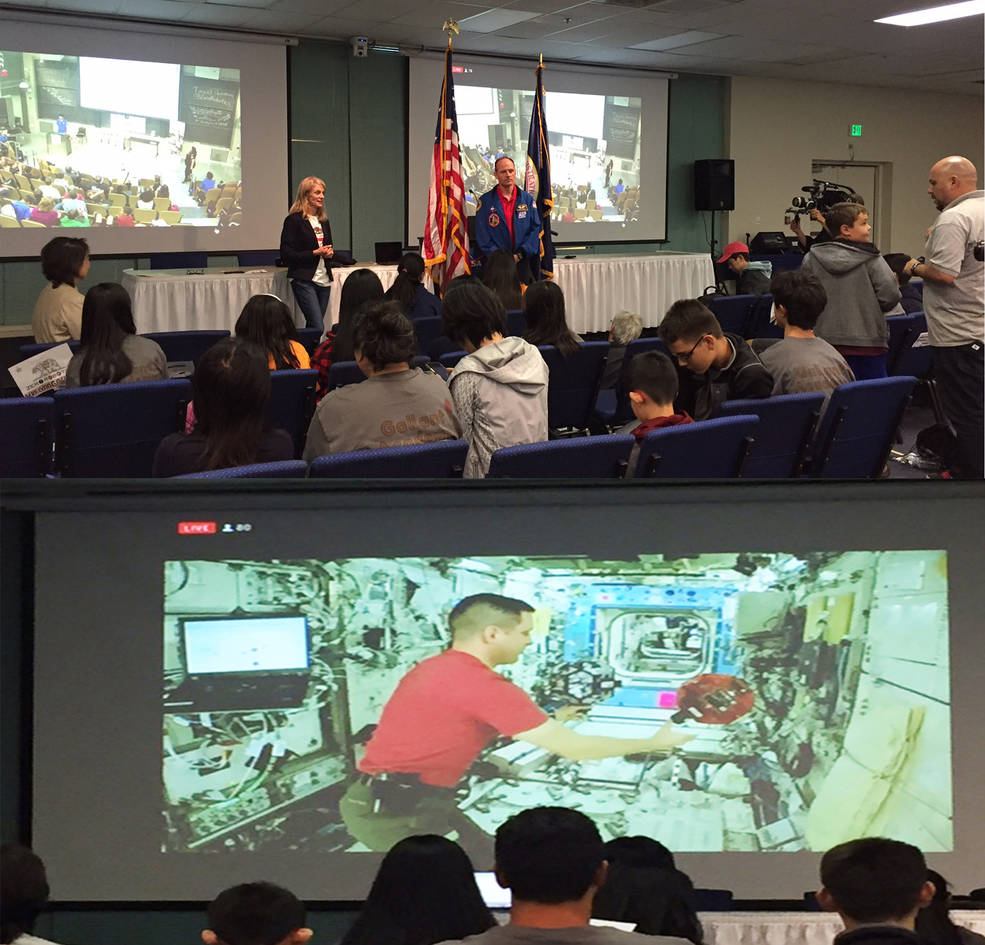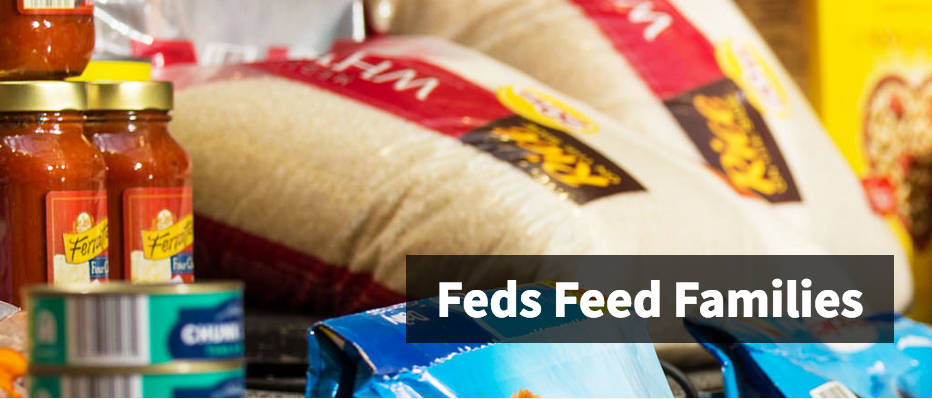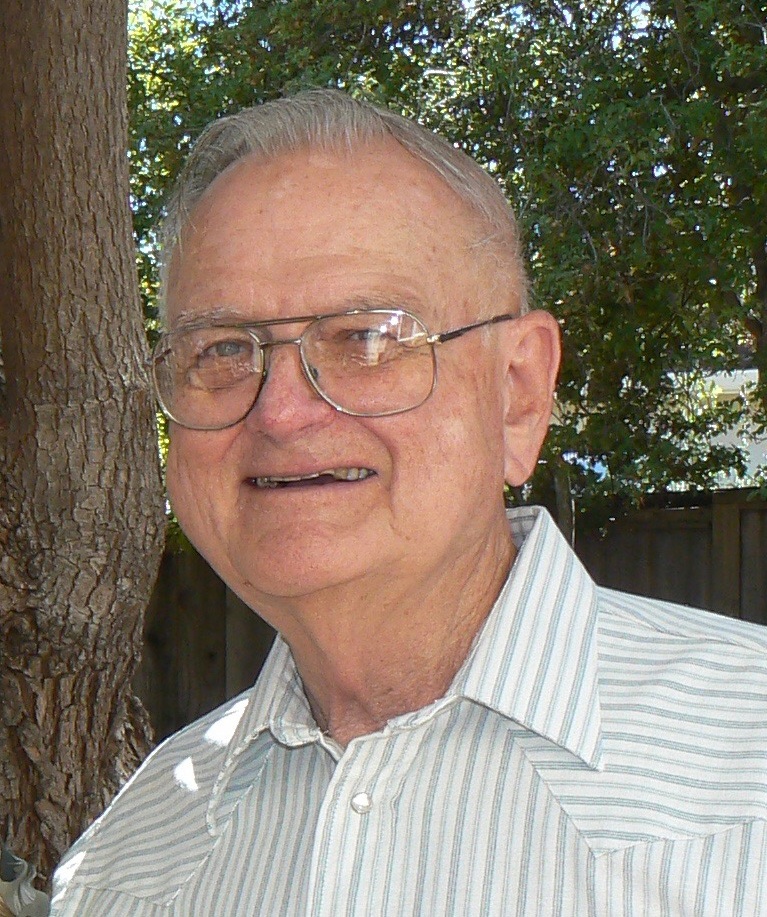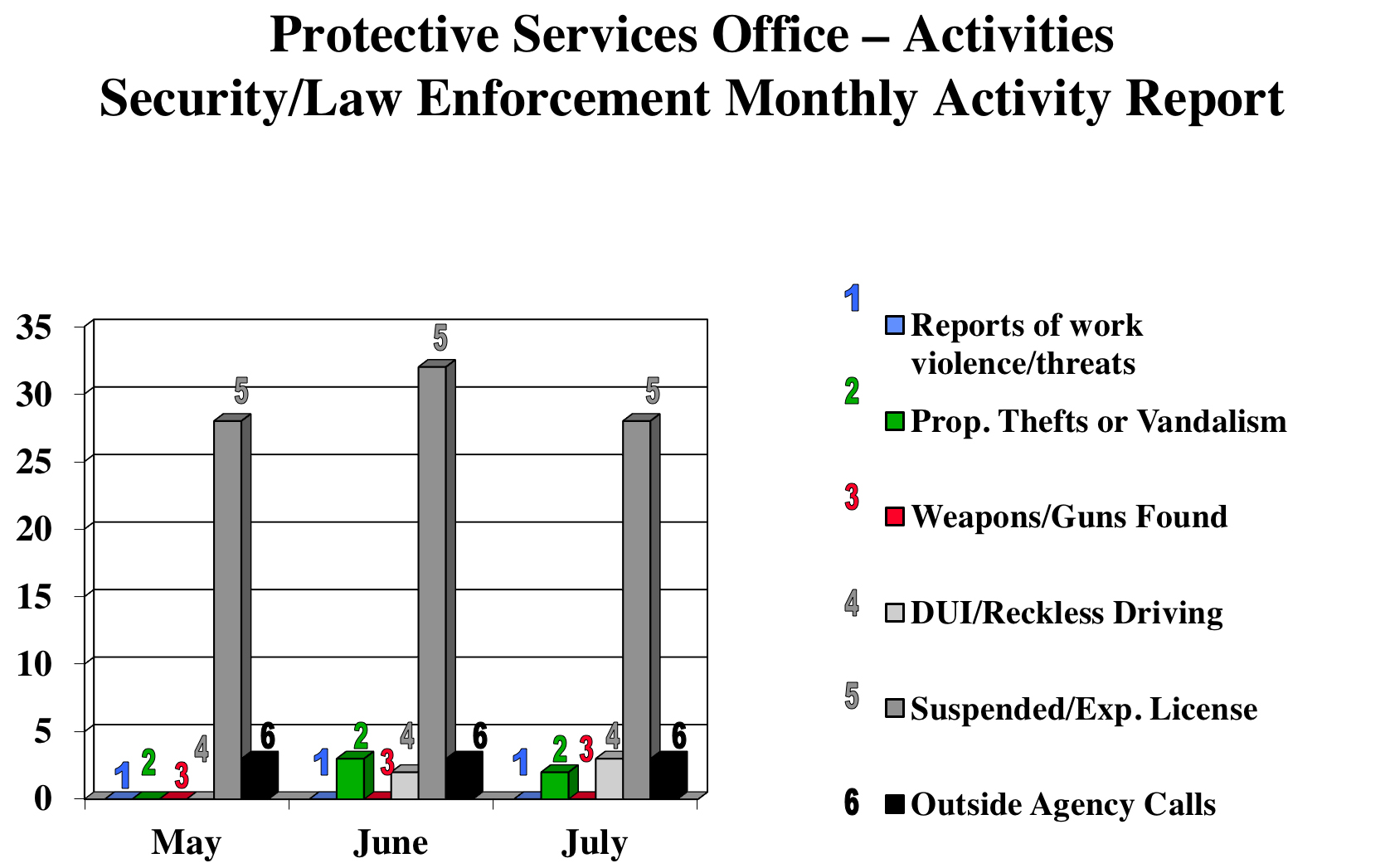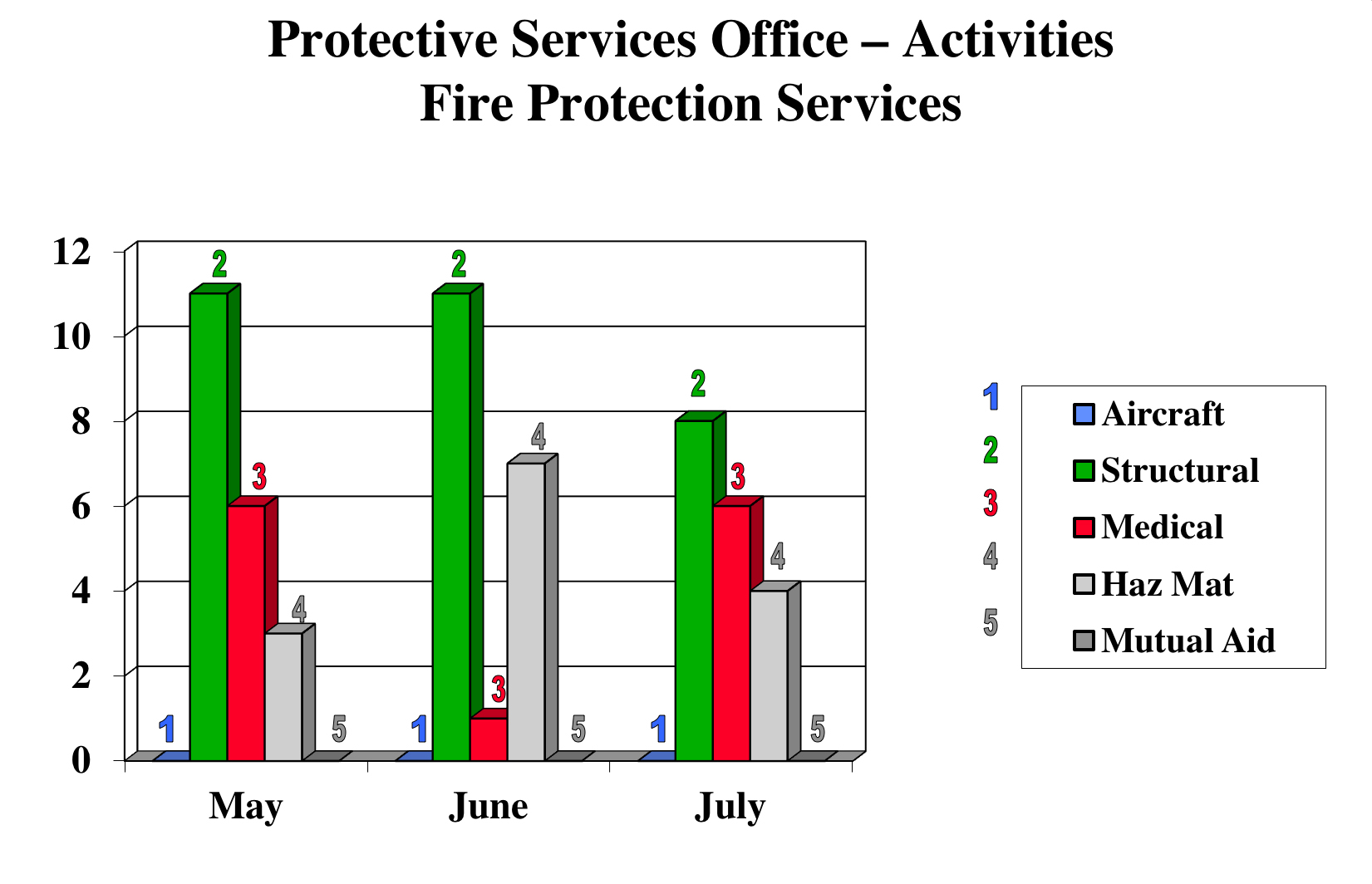Eclipse Viewing Event at Ames and NASA Exhibits in Salem, Oregon, Draw in the Crowds
by Sharon Lozano
On Monday, Aug. 21, 2017, from 8:30 a.m. to noon, NASA’s Ames Research Center held a public solar eclipse viewing event for 1,500 registered guests. Tricia Ashley, NASA postdoctoral fellow, presented a talk entitled, “Total Eclipse of the Sun” and explained the importance of protecting vision by using safe eyewear, then answered questions on the patio as attendees watched the event live with their eclipse glasses.
The event at Ames also featured NASA Television’s multi-hour show, “Eclipse Across America: Through the Eyes of NASA” with unprecedented live broadcast of the celestial event, along with coverage of activities in parks, libraries, stadiums, festivals and museums across the nation. Ames’ video group supported the broadcast with a live feed and hosted segments from Salem, Oregon and a video clip relating the eclipse to SOFIA’s occultation observations and the transit method that Kepler used to discover planets.
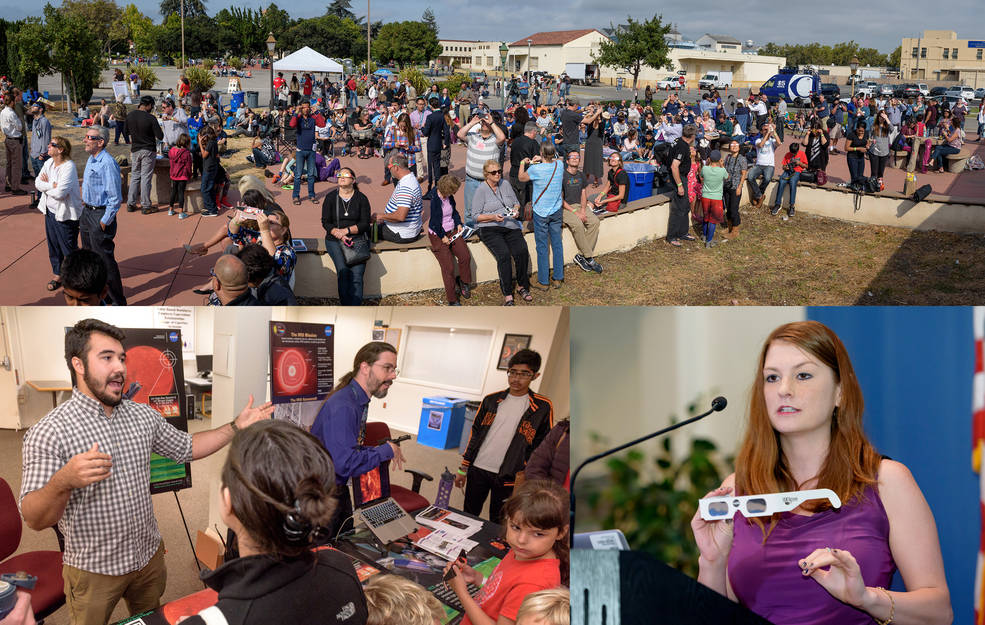
Partnerships Office “Acting” Associate Chief David Morse served as the master of ceremonies and Associate Center Director Steve Zornetzer provided the welcome from Ames center management. The Ames Exchange opened the Space Bar for a continental breakfast and hosted a pop-up gift shop inside Building 3. Michael Iatauro and Eddie Uribe engaged attendees at their exhibit about the Interface Region Imaging Spectrograph (IRIS) mission currently studying the Sun, for which Ames runs mission operations.
In Silicon Valley the weather cooperated, and the clouds threatening to obscure the eclipse lifted just in time to allow attendees to see the partial eclipse maximum of 74 percent obscuration at 10:15 a.m.
Ames Wins NASA Software of the Year Award for Fourth Consecutive Year!
NASA Ames Research Center was selected winner of the 2017 NASA Software of the Year Award for Terminal Sequencing and Spacing (TSAS) Software for Air Traffic Control! The Agency-wide annual competition rewards high-quality, innovative and robust software using efficient software engineering processes that meet NASA’s stringent safety and reliability standards. Sponsors of the competition included: the NASA Chief Engineer, the NASA Chief Information Officer and the NASA Office of Safety and Mission Assurance.
Terminal Sequencing and Spacing (TSAS) is advanced, real-time, air traffic decision support software that improves the efficiency of our nation’s air transportation system in busy terminal airspace. TSAS is intended to simultaneously increase the airport’s landing rate and decrease the fuel consumption of individual flights. Specifically, TSAS allows flights to fly fuel-efficient arrival procedures during periods of moderate and high traffic congestion. The TSAS team is comprised of John E. Robinson, Harry N. Swenson, Xiao Liang Chen, Thomas Prevot, Chu Han Lee, Todd J. Callantine, Steven H. Chan, Hai Ou-Yang, Joseph R. Cisek, Alan G. Lee, Leonard N. Bagasol, and Everett A. Palmer.

A special thank-you to Ames’ Technology Transfer Office, Inventions and Contributions Board (ICB) members and 2017 NASA Software of the Year Selection Panel members who selected and reviewed the technology that Ames nominated. They assembled, vetted and submitted the nomination package, provided advocacy and prepped the researcher for the winning presentation. Inventions and Contributions Board (ICB) members: Leland Stone (Code TH), Mary Livingston (Code AA). Mary Livingston also serves as Chair of Ames’ Software of the Year Selection Panel.
2017 NASA Software of the Year Selection Panel members: Robert Duffy (Code TI), Sylvia Longchamps (Code J), Ray Gilstrap (Code IO), Robert Windhorst (Code AFH), and Craig Myhre (Code RE), Antoinette McCoy (Code DI), Martha Del Alto (Code DI), Kim Chrestenson (Code DI), Katie Smyth (Code DI), and Rose Grymes (Code DI)
Ames experienced remarkable success in previous NASA Software of the Year (SOY) competitions, as well. This marks the 4th consecutive win for Ames since being announced the 2014 NASA Software of the Year co-winner! The 2017 NASA Software of the Year award win adds to Ames’ spectacular legacy.
NASA Software of the Year (SOY) Awards – Ames Research Center
2017 Terminal Sequencing and Spacing (TSAS) Software for Air Traffic Control
2016 Pegasus 5.2: Software for Automated Pre-Processing of Overset CFD Grids
2015 NEQAIR v14.x Non-Equilibrium Radiative Transport and Spectra Program
2014 Configuration-Based Aerodynamics (CBAERO); Co-winner with MSFC
2012 NASA App; Co-winner with JPL
2010 Kepler Science Operations Center (SOC)
2009 World Wind Java
2007 Data Parallel Line Relaxation Code (DPLR)
2006 Future Air Traffic Management Concepts Evaluation Tool (FACET)
2002 Cart3D
1999 Remote Agent; Co-winner with JPL
1998 Center TRACON Automation System
1995 Flow Analysis Software Toolkit (FAST)
1994 Incompressible Navier-Stokes Flow Solver in Three Dimensions (INS3D)
In recognition of outstanding achievements, Ames is planning an awards ceremony to celebrate winners of the 2017 NASA Software of the Year award and other 2017 technology transfer-related award recipients. The ceremony will be held at Ames in January 2018.
NASA HQ Administrators Participate in Biosciences Facility Groundbreaking & All Hands at Ames
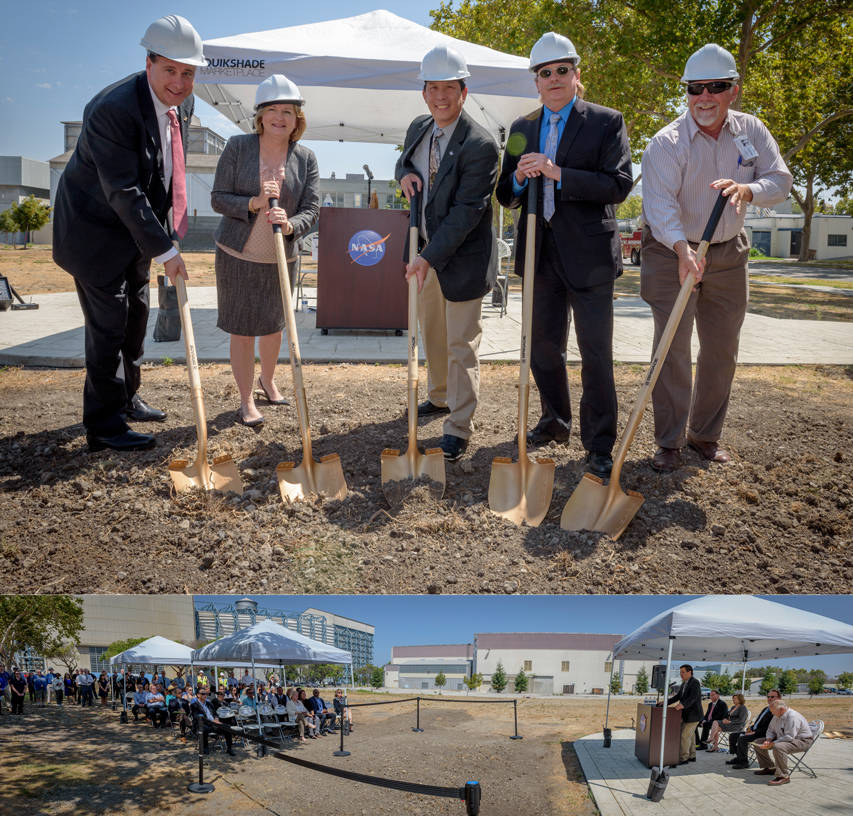
Jaiwon Shin Presents All Hands and 2017 ARMD AA Awards
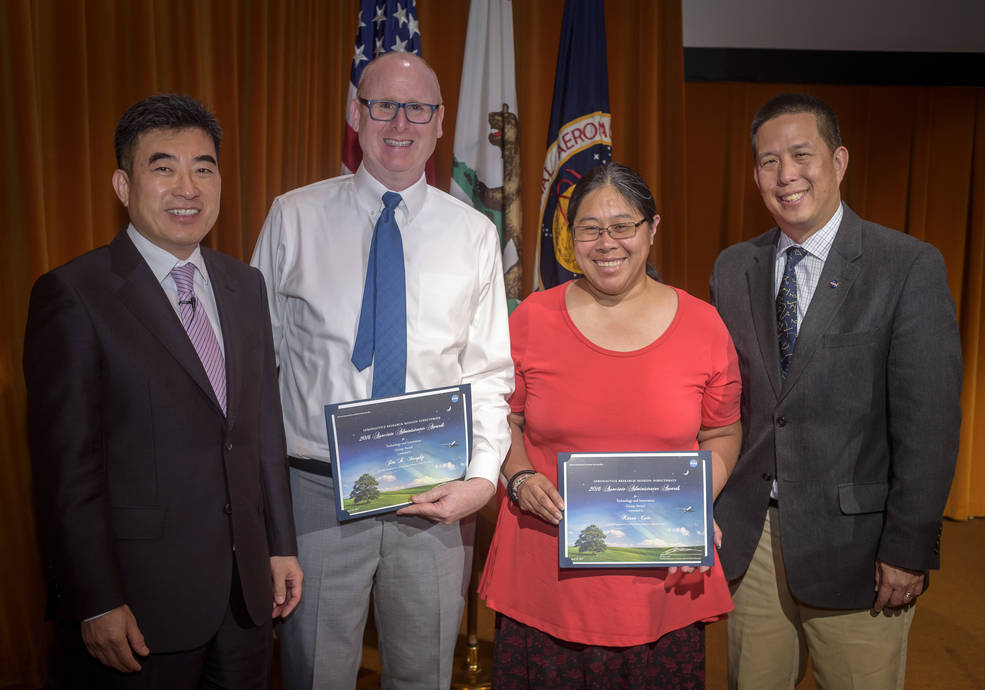
Participants Learn About Cultures and Science at 6th Annual Diversity and Inclusion Day
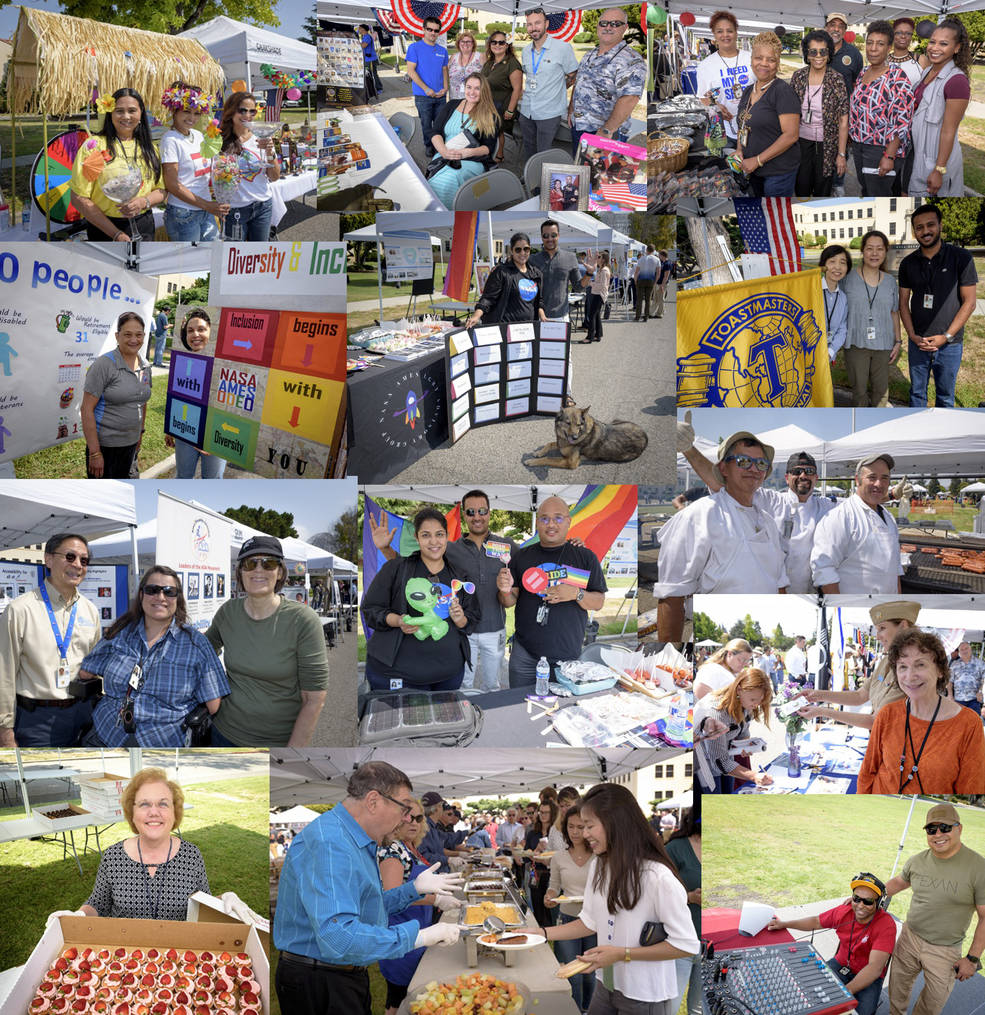
Employees Learn about the Many Summer Projects at Ames at Student Poster Session

The GeneLab Summer Training Program for 2017: Growing the Next Generation of Scientists
by Liz Blaber
The GeneLab for High Schools Summer Training Program (GL4HS) was successfully completed on July 7, 2017. Fifteen high school students arrived at Ames on June 19, 2017, ready for an intense three-week space biology and bioinformatics program. The students were rising juniors or rising seniors and came from 11 high schools around the Bay Area. Two high school biology teachers also were selected to attend the program to learn how components of the course could be implemented into their classrooms. The program consisted of three core components: learning modules, networking and a research training project. Students delved into our program from their first day and learned topics ranging from biology and human physiology in space, to the molecular biology of gene regulation, signal transduction, and omics analysis methods. Students also learnt core bioinformatics skills including normalization methods and algorithms, statistical analysis of large-scale datasets, and assigning biological meaning to differential expression. In addition, students met more than 10 different professionals from the Bay Area including NASA scientists and managers, professors from Stanford and UCSF and industry professionals.

Students also went on a field trip to Lawrence Livermore National Lab organized by Dr. Crystal Jaing. On this tour, students were able to have personalized tours of the DNA sequencing laboratory and the DNA microarray laboratory where they were given a live demonstration on how to conduct a microarray experiment.
A special visit by astronaut Michael Barratt also was organized by GL4HS and Space Biology Management to visit specifically with students in this program and in the Space Life Sciences Training Program (SLSTP). Barratt presented an overview of the human body in space to a packed auditorium of students at Ames, and posed the question as to whether these changes were adaptive and beneficial to humans and may only be considered maladaptive once humans return to a gravitational environment. Following the student presentation, Barratt narrated a candid video entitled, “199 Days in Space,” which was open to all Ames personnel. A private reception, sponsored by GL4HS was then held for GL4HS and SLSTP students, where students were able to present their current projects to Barratt, hear feedback from an aerospace doctor and have their questions answered.
Finally, students were assigned the difficult task of analyzing a dataset of their choosing from GeneLab, and developing a testable hypothesis and research proposal from their analyses. Self-organised teams of three students chose datasets based on spaceflight or space-radiation simulated experiments conducted on mouse liver tissue, mouse skeletal muscle tissue, rat skin, Drosophila or Arabidopsis. Students normalized and performed statistical analysis followed by pathway analysis on their data using online tools including GenomeSpace, GenePattern, GeneSet Enrichment Analysis and the Molecular Signatures Database (MSigDB) in combination with the bioinformatics manual written for them by the GL4HS team. The students worked exceptionally hard on their projects and delved into the scientific literature surrounding their tissues of interest to come up with meaningful and insightful hypotheses such as:
Team Drosophila Melanomasters (Drosophila – spaceflight): Hypergravity causes up-regulation of Smoothened (SMO), which enhances the signalling of the Sonic Hedgehog (SHH) protein, resulting in an increase in oligodendrocyte differentiation.
Team HepaTITANS (mouse liver – spaceflight): PPARγ and C/EBPα are mechanisms that cause decreased hepatic metabolism of drugs through the up-regulation of CIDEC, Acot2 and Agpat9 in microgravity.
Team SPF56 (rat skin – irradiated): Gamma irradiation causes cell cycle arrest in rat keratinocytes due to down regulation of Uracil DNA Glycosylase, resulting in an inhibition of DNA repair.
On their final day, students presented their background research, analysis of the GeneLab dataset, the hypotheses that they generated and the experiment that they designed to test their hypothesis, to scientists and students at Ames. Staff, scientists and students at Ames were all extremely impressed by the students’ presentations, the articulation of their science and experimental designs and the ways in which they had grown over the course of the program.
Similarly, students were highly appreciative of the program and all of the things that they learned during the three weeks that they were here at Ames. Students said, “This program is the most educational and beneficial program that I have had in high school so far, and I am really thankful for the opportunity,” while Ames scientists said, “Maybe my favorite part of the event yesterday was listening to the students talk about their takeaways. Newfound friendships, intellectual curiosity, courage to ask questions and a desire to keep studying biology.”
Ames Program Manager Michael Fletcher Completes Mansfield Fellowship Program in Japan
by Katie Muth
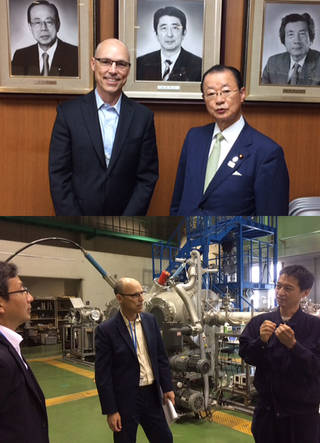
In July 2017, Ames Program Manager Michael Fletcher returned to NASA Ames from a year-long fellowship program in Japan. Fletcher recently completed the Mike Mansfield Fellowship Program, a unique professional development opportunity that provides U.S. federal government employees with Japanese language training and 10 months of placements primarily in Japanese government agencies.
Fletcher gained an in-depth understanding of Japan’s government and policy making process through placements with Japan’s Ministry of Education, Culture, Sports, Science and Technology; Ministry of Defense; National Space Policy Secretariat, Cabinet Office; and Japan Aerospace Exploration Agency (JAXA). He also had placements with two members of the National Diet, Japan’s bicameral legislature: Takeo Kawamura, one of the most influential members working on national space policy in Japan and Karen Makishima, a leading voice on norms-setting in space activities.
Fletcher further expanded his perspective through placements with private companies, including IHI Corporation, MHI Corporation and ANA. Each of his placements involved some space or aeronautics responsibilities. Overall, these placements allowed him to expand his understanding of Japan’s aerospace sector and how the U.S. and Japan can cooperate on aeronautics and space policy.
In addition to his placements, Fletcher had opportunities to share his expertise in presentations to his colleagues and the public. Most recently, he provided a U.S.-Japan perspective on trends in aerospace for students at the University of Tokyo’s Department of Aeronautics and Astronautics. Earlier this year, Fletcher discussed this issue at a symposium organized by the Mansfield Foundation and the National Graduate Institute for Policy Studies (GRIPS) in Tokyo. Fletcher also participated in meetings of the Mansfield Foundation’s U.S.-Japan Space Forum meetings in Tokyo in March.
In June 2017, Fletcher had an opportunity to visit one of the companies leading Japan’s growing aerospace industry — IHI Corporation. He spent the day at the IHI Aerospace Tomioka plant in Takasaki, where he had technical and programmatic discussions with IHI staff and toured facilities supporting the company’s production of jet engines and space equipment.
“The Mansfield Fellowship Program offers Fellows a unique opportunity to experience, observe and participate in a way that no other program or experience can offer,” Fletcher said. “For example, participating in a sub-committee meeting with the Diet member I was placed with, I watched as ministry officials and Diet members discussed and debated key strategic points and issues. No other program allows that kind of access to the policy formulation process.”
“I feel I am much better prepared to effectively navigate successful bilateral relationships between my home agency and our Japanese counterparts,” Fletcher said. “I feel empowered to make a difference.”
The Mike Mansfield Fellowship Program was established by Congress in 1994 to build a corps of U.S. government officials with substantial Japan expertise. The program is administered by the Maureen and Mike Mansfield Foundation — a 501(c)3 organization that promotes understanding and cooperation in U.S.-Asia relations, with funding from the U.S. Department of State. Fletcher is part of a Mansfield Fellowship network that now includes 150 Fellows representing 28 U.S. agencies, commissions and the U.S. Congress.
Employees Ran, Walked, Jogged and Strolled in the Latest Fun Run
NASA Ames Fire Department Hosts Open House and Pancake Breakfast
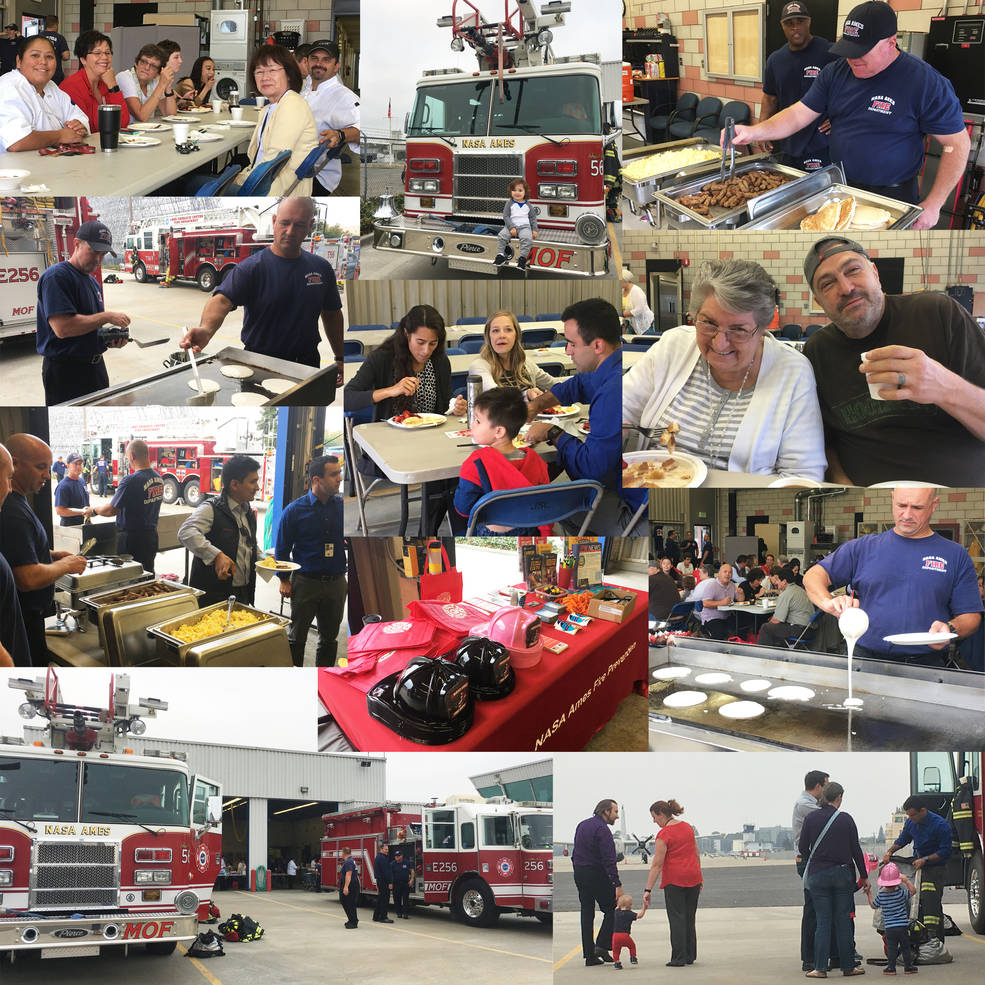
Kids Inspired at SPHERES Zero Robotics Middle School Summer 2017 Finals Competition
by Kimberly Minafra
The middle school Summer 2017 Zero Robotics finals competition was held Aug. 11, 2017. Students from around the world competed against each other to code and operate free-flying robots on the International Space Station (ISS). The competition is the culminating event of a five-week summer school program where middle school students learn computer programming, robotics and space engineering as well as get hands-on experience programming robotic SPHERES (Synchronized, Position, Hold, Engage, Reorient, Experimental Satellites). Students from across the United States and Russia watched the competition via live webcast from the Massachusetts Institute of Technology (MIT) campus in Boston, as astronaut Jack Fisher controlled the satellites aboard the ISS, with computer code written by the students (bottom photo).
Local students from the Santa Clara County school district participated from the NASA Ames Conference Center in building 152. Representing California, the middle school team ranked fourth in the nation. National Geographic filmed the event as part of a documentary which follows students from Campbell Middle School throughout the five-week Zero Robotics Summer program. As the competition came to a close, Ames’ Jose Benavides remembered former aerospace engineer, Darryl LeVasseur, with a special video tribute. LeVasseur, who passed away last month, was part of the SPHERES project team and played a key role in Ames’ support for the Zero Robotics competition. Retired astronaut and former Ames ISS Program Office Director, Steve Smith, presented trophies during the awards ceremony (top photo).
Manber Discusses “Re-use of In-Space Hardware for Future Space Stations”
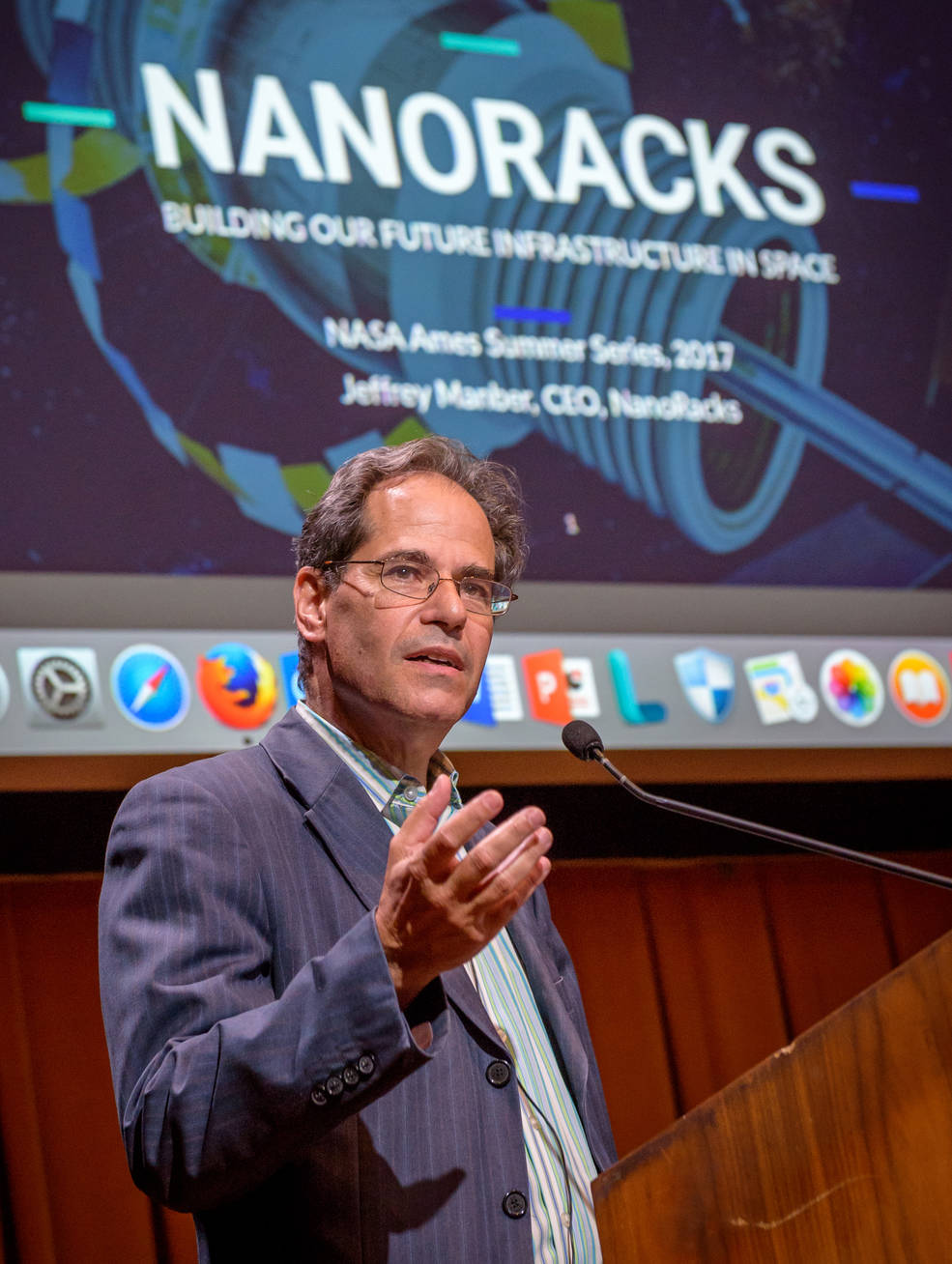
2017 Feds Feed Families Food Drive Open through Aug. 31
NASA Ames civil servants and contractors are encouraged to participate in the Feds Feed Families (“FFF”) food drive and donate non-perishable food items to the Second Harvest Food Bank. The FFF campaign helps food banks stay stocked during summer months when they traditionally see a decrease in donations and an increase in need. Last year alone, more than 12.5 million pounds of food were donated to food banks nationwide through FFF. Second Harvest needs nutritious and non-perishable foods in original paper/plastic packaging or cans, such as meals in a can (stew, chili, soup), canned tuna and other meats, canned vegetables (low salt), fruit packed in juice, raisins, unsweetened applesauce, peanut butter, low-sugar cereals, 100% fruit juices in single serving boxes, 100% fruit rolls, fruit cups, graham crackers, cheese and crackers, pretzels, or granola bars (without peanuts) to name a few. The cans may be pop or flip top. Please avoid donating items packaged in glass. However, if you find glass items in the collection barrels, please place them in protective boxes to prevent breakage. Second Harvest requests that you do not donate bulk quantities of rice, flour or sugar. Although Second Harvest appreciates every donation received, they do not have the repackaging facilities required to properly distribute bulk items. Collection barrels for non-perishable food donations are located across the Center in the following buildings: SpaceBar (003) and Mega Bites (N235 entrances) cafeterias, 019 (lobby), N200 (lobby), N211 (front of Room 179), N241 (back lobby), N245 (lobby), and N262 (main lobby). The FFF food drive ends on August 31, 2017. Let’s fill those barrels until then! For more details about the Feds Feed Families campaign or the Second Harvest Food Bank, please visit https://www.usda.gov/our-agency/initiatives/feds-feed-families or https://www.shfb.org/.
Ehrenfreund Gives DLR’s Ongoing and Future Planetary Exploration Missions Overview
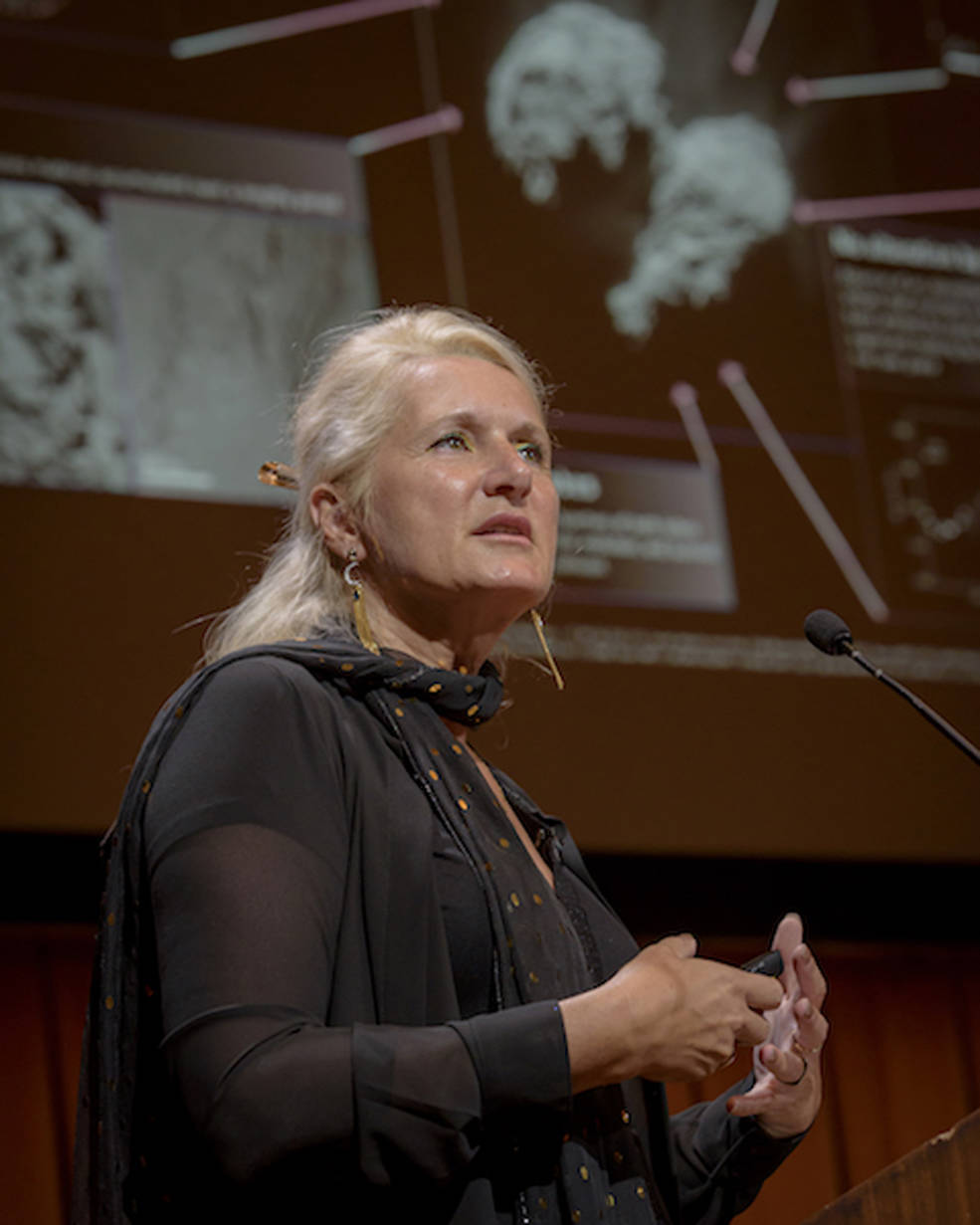
In Memoriam…
John Tremor, Former Ames Life Sciences Pioneer, Passes Away
John W. Tremor passed on June 5, 2017 leaving behind his wife Bobbie, daughter Patrice Tremor (Irvine, California), son Scott Tremor (San Diego, California), grandson Tyler Tremor (San Diego, California), sister Lois Dettman and family (Tampa, Florida) and many friends. Born in East Aurora, New York on Jan. 24, 1932, John earned his B.S. in 1953 and masters in 1956 at the University of Buffalo, New York and his PhD in Biology at the University of Arizona in 1962.
Soon after, he joined NASA Ames as part of the science team for Project Biosatellite. This set the path for his career during which he managed and developed many of the pioneering experiments to understand the effects of zero gravity space flight on living organisms. Ken Souza of Ames Life Sciences and other leading roles was often his collaborator and fishing partner.
During his career, he participated in many space launches at the Kennedy Space Center and life sciences payload recovery missions around the world. John’s work involved international cooperation including Russia before the fall of the Soviet Union. As humans venture further into space and eventually have outposts on Mars, the understanding of how we adapt to these new environments was at the core of his research.
During his active career, he published numerous scientific papers in peer-reviewed journals. John and Bobbie raised their family, made many friends and lived in Saratoga, California for most of his career. Fishing, along with travel with family and friends, were his passions.
After retiring from NASA, John and Bobbie moved to Tucson in 2010. In accordance with John’s wishes, there was no memorial, but the family invites contributions in his honor be made to the Arizona-Sonora Desert Museum.





























